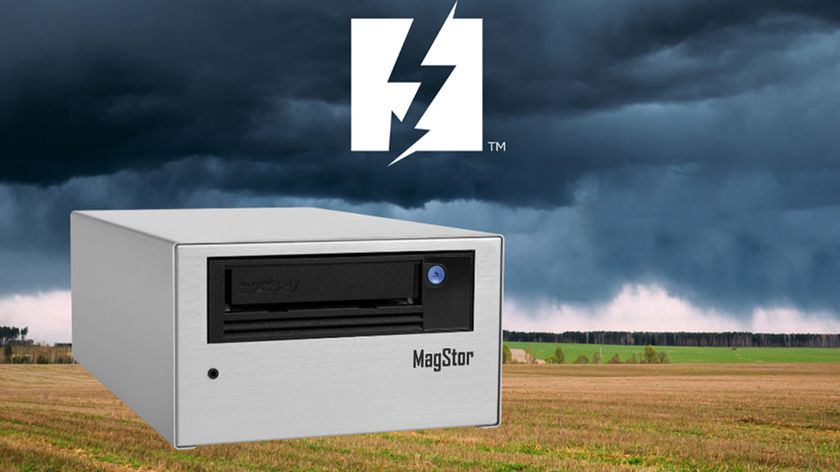Spreading the disease
Successful viral marketing needs to do three things: create something infectious, get it to the right people and encourage them to infect others. That's not easy, and firms that get it right with one message can easily get it wrong with another. Just ask Burger King.
In 2005, its Subservient Chicken website became a viral hit that ran for three years. Through clever use of pre-recorded footage and a huge database of commands, the site made it look as if a man in a chicken suit was reacting to visitors' commands. The aim was to promote Burger King's TenderCrisp chicken sandwich, and it worked: in the first day the site had one million hits; by the end of the week it was getting 20 million daily hits.
Visitors averaged six to seven minutes per visit, the site racked up 14 million unique visitors and Burger King reported that sales increased by nine per cent every week. In 2009, Burger King tried again, this time with Whopper Sacrifice, which encouraged people to dump 10 Facebook friends in return for a free burger. Everybody dumped in this way would receive a message telling them so.
However, Burger King's marketing agency clearly wasn't familiar with Facebook's developer terms and conditions, which prohibit the sending of messages when somebody is removed from a friends list. The rules are there because in the past teenage bullies have orchestrated dumping campaigns to upset other users.
Faced with the choice of running a viral campaign without the viral element or shutting the whole thing down, Burger King chose the latter option. It must have been disappointing, but at least the campaign wasn't invasive or slightly disturbing.
TV channel FX's viral campaign for the serial killer drama Dexter was both. In 2007, people received unsolicited SMS messages from 'Dexter' via an unidentified phone number that contained this message: "Hello [name]. I'm heading to the UK sooner than you might think. Dexter".
Get daily insight, inspiration and deals in your inbox
Sign up for breaking news, reviews, opinion, top tech deals, and more.
Users would later receive an email directing them to a cleverly faked news report about a spree of killings. After receiving a number of complaints, FX issued this statement: "It was not us who sent you the text but one of your friends". Technically true, but rather disingenuous, given the nature of the campaign.
Making things obvious
When a campaign is good, it doesn't matter whether you know it's viral or not; it offers something of value that you want to pass on, whether it's something you know will make your friends laugh or something that shows you're a trendspotter.
Bad virals, on the other hand, tend not to spread because they're too obvious. Supposedly 'banned' TV adverts are a good example; ad agencies know exactly what broadcasters will and will not allow on screen, so any clip purporting to be too hot, violent or controversial for TV is obvious link-bait, and will typically get shunned by all but the most naive.
A particularly irritating and obvious form of viral marketing is the sudden appearance of people on forums and open blogs evangelising about a particular product, artist or service. It's not unusual for publishers to trace the originating IP addresses to an ad agency or entertainment company.
Sara from the UGO TV blog did just that. She writes: "Dear NBC. Please stop using the UGO TV Blog to promote your crappy shows by putting fake comments on blog entries about NBC shows. If you want to promote your shows here, feel free to email us and we'll set up an interview with one of your shows' stars. Or perhaps you could pay for ad space like everybody else does." Ouch. That told them.
The August 2008 campaign for US restaurant chain Ruby Tuesday is a handy guide to the mistakes that viral marketers can make. The idea itself was inspired: to demonstrate its commitment to change, the chain would blow up one of its oldest restaurants and stream the explosion live on the internet – only for viewers to see them accidentally blow up a rival restaurant instead. It could have been smart, funny and infectious.
Unfortunately, the 'live stream' was available online several hours before the event was supposed to happen, there was no Ruby Tuesday at the specified location and the rival chain didn't exist. And any lingering goodwill was destroyed by all the 'people' caught in the act of joining YouTube just to upload the clip.
Socially transmitted Viral marketing isn't just about funny video clips or tell-your-friends teasers; increasingly, it's about manipulating social media. As online publishers continue to fight for every last eyeball, social sites such as Digg – where users vote on stories and the most popular ones reach the front page – can make all the difference.
To encourage this, most publishers now put 'share this' links on their content. Inevitably, however, there are attempts to game the system. Sites such as Usocial will happily take firms' cash and pay people to vote for specific stories.
In February 2009, Econsultancy reported that US publisher Village Voice Media was actively manipulating Digg to give stories about its publications extra weight – which means more traffic and better advertising sales. It works, too: according to Econsultancy, Village Voice Media traffic increased from 35,000 page views in October to over 250,000 in December.
Nobody's suggesting that firms are placing all the votes themselves, but they are giving stories that might otherwise disappear a helping hand. It's the same principle as pretending to be an ordinary Facebook user and starting a campaign for the return of Wispa.
Ultimately, viral marketing is like spam: it's not going anywhere. Some of it is clever, most of it is unremarkable and some of it is offensive, annoying or dangerous. On the plus side, at least it can also be amusing, and, just occasionally, even inspired.
------------------------------------------------------------------------------------------------------
First published in PC Plus Issue 282
Now read Create compelling online video with our pro tips
Sign up for TechRadar's free Weird Week in Tech newsletter
Get the oddest tech stories of the week, plus the most popular news and reviews delivered straight to your inbox. Sign up at http://www.techradar.com/register













